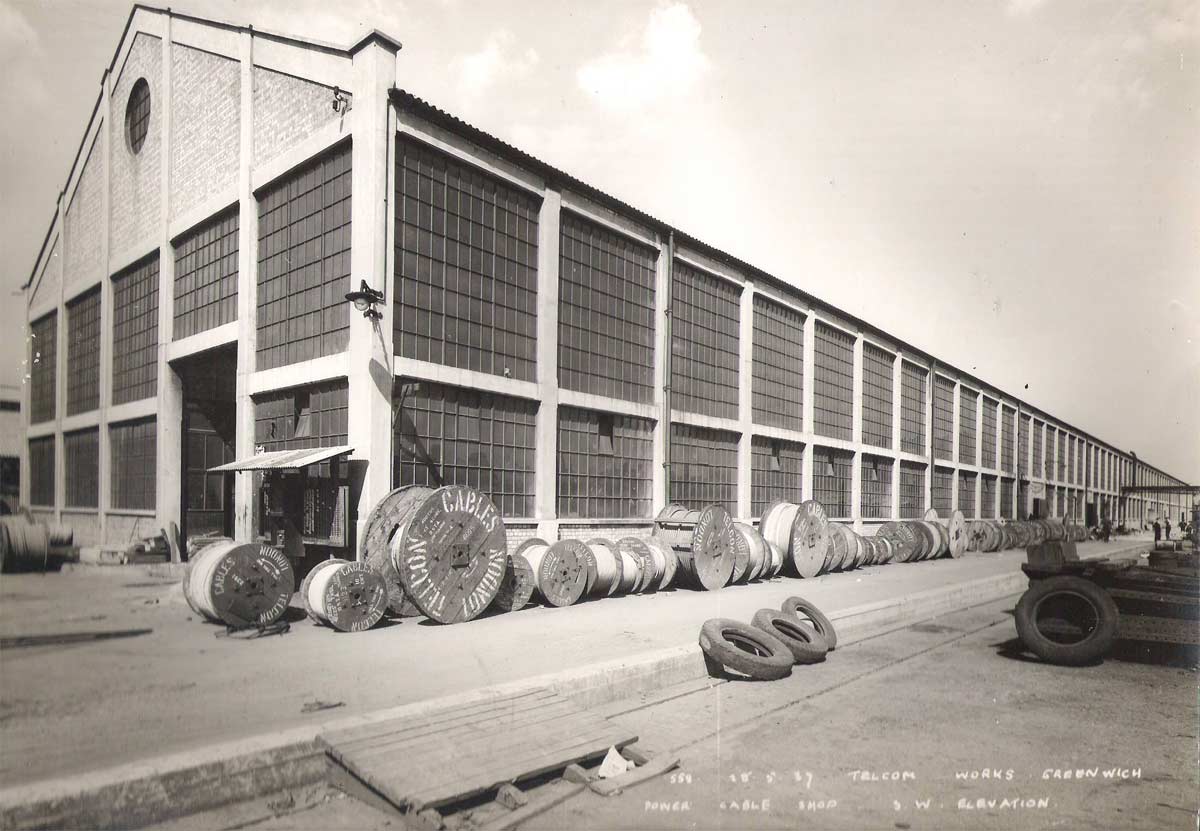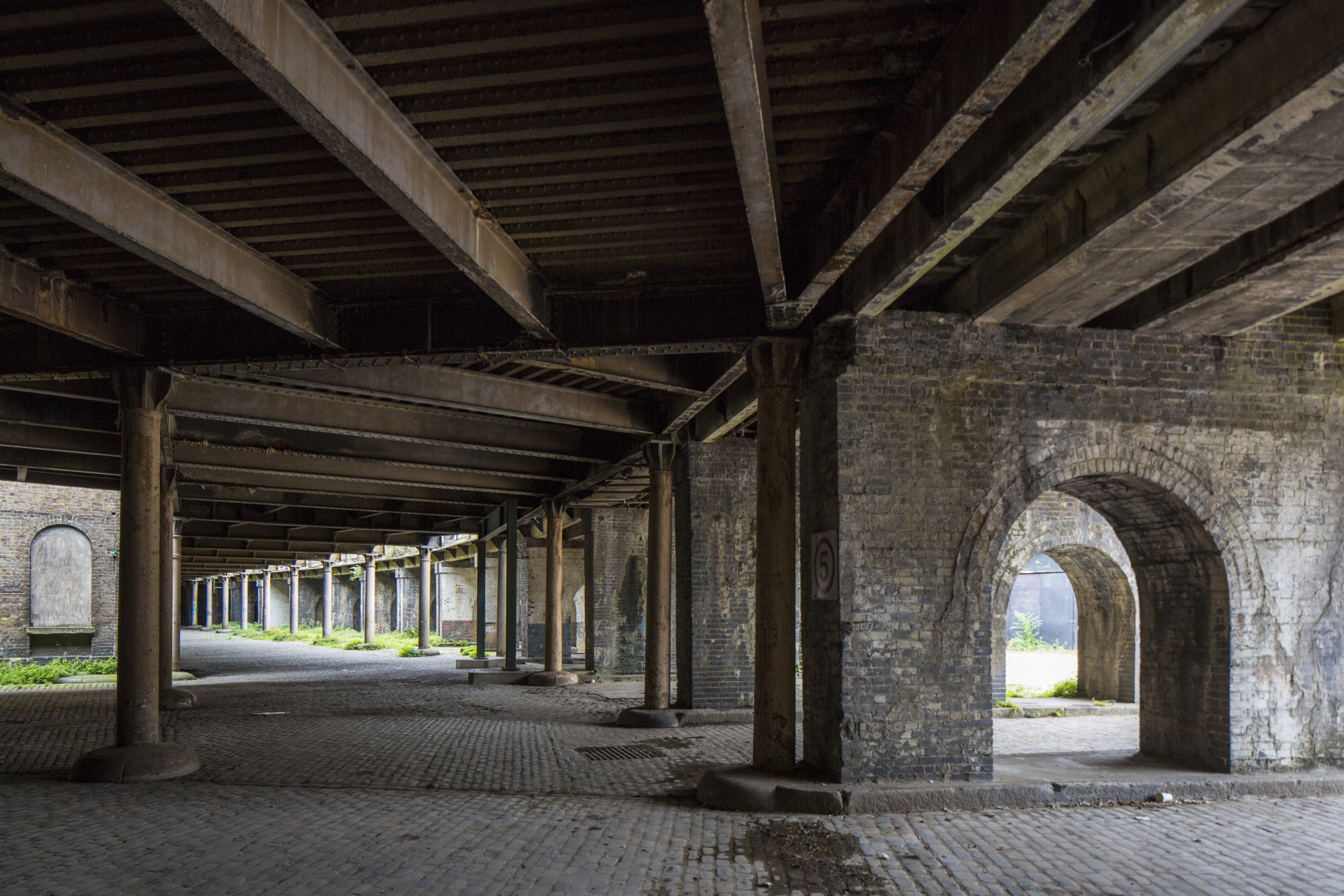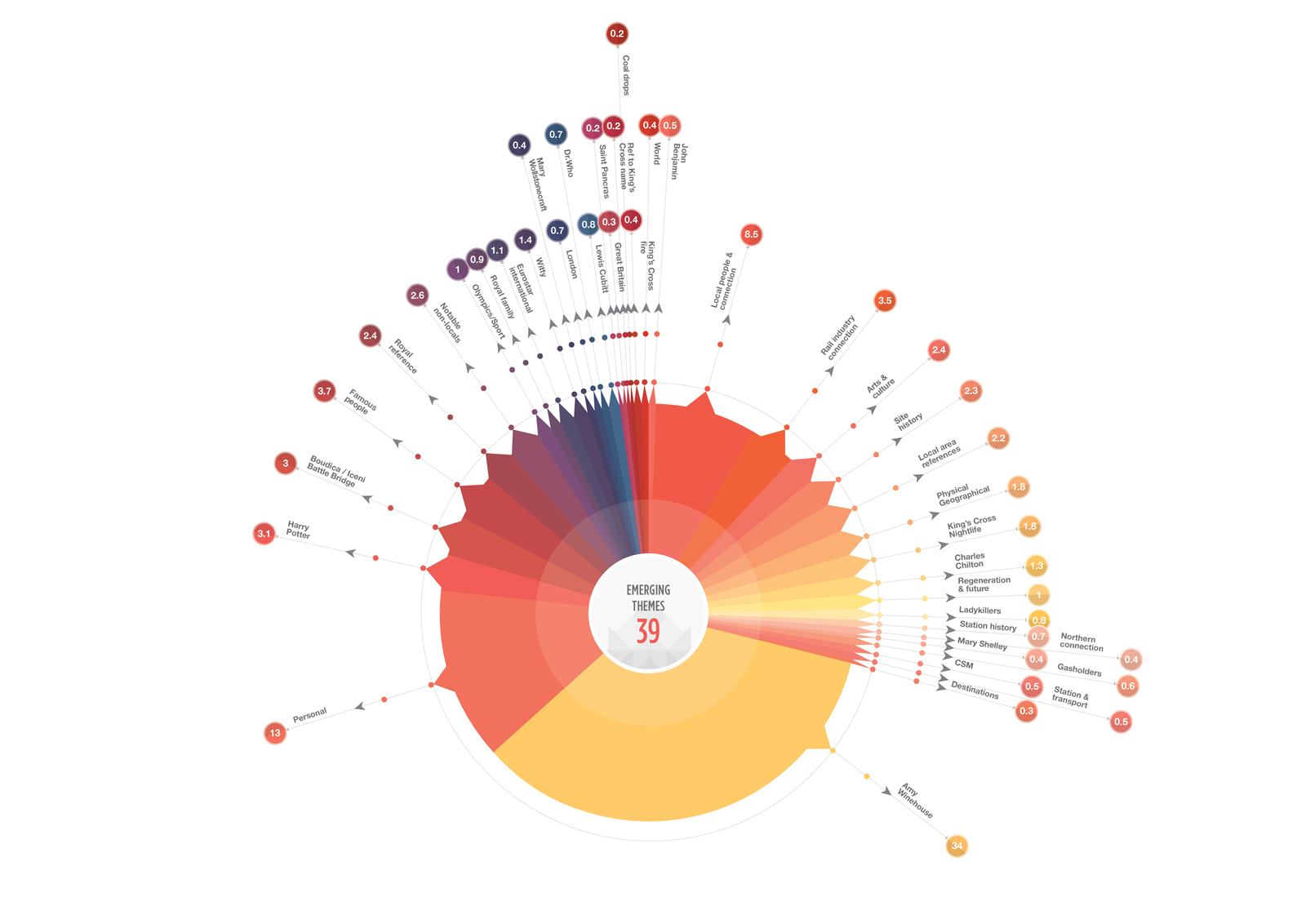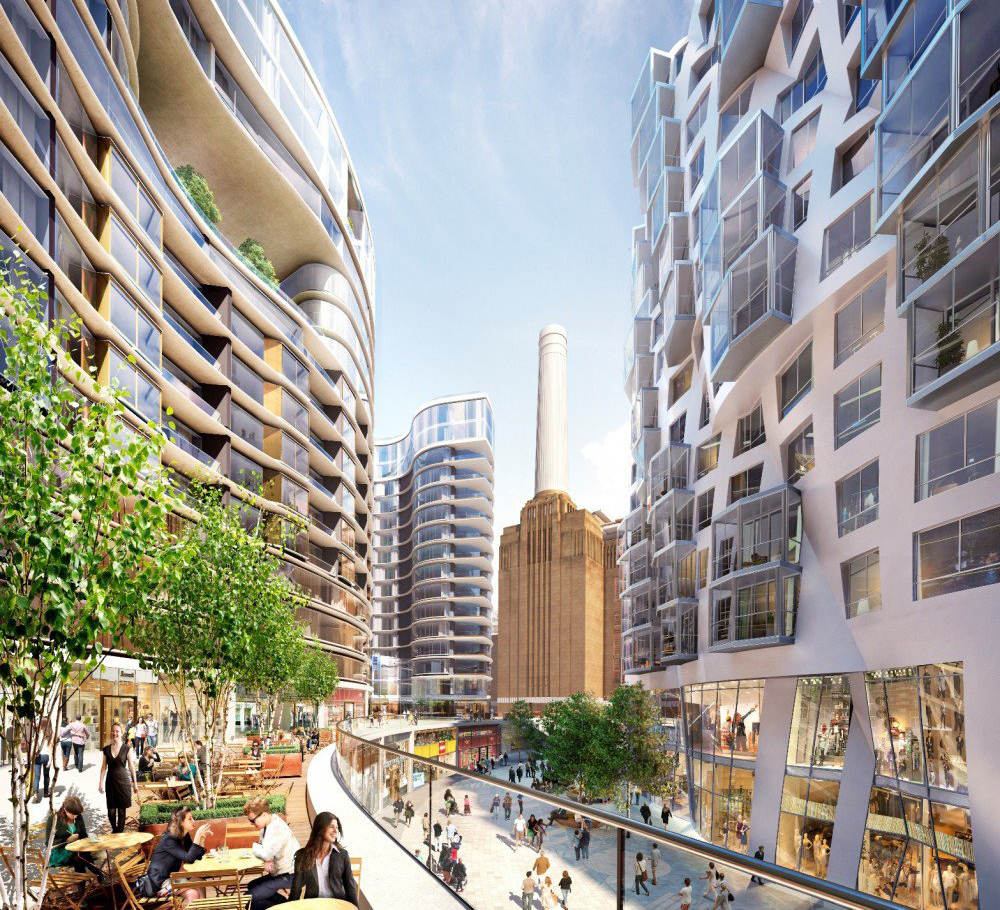
With so many cranes looming over London, it’s easy to overlook the minutia against the scale of development. But glance down instead of up and a new challenge presents itself: a throng of unnamed new streets.
In a city with as rich a history as London, street names are often about preserving a link to the past – why else would you name a street in the depths of the City of London ‘Poultry’? But who bestows these names, and how?
Usually, it’s a simple case of a developer or landowner submitting a name to the local authority. From there, it’s left to them – and their varying internal system – to approve or deny the request.
But at the Greenwich Peninsula development in SE10, they’re taking a more inclusive approach. Names will be selected from the borough’s Approved Names list, which they’ve left open to suggestions from both developers and residents. The condition? That names must have a strong connection to the history of the borough and not be duplicated anywhere within its boundaries.
A cursory glance over the list reveals, unsurprisingly, a strong maritime and engineering connection, with several names linked to the first Atlantic Telegraph cable, built at Enderby Wharf. These include Great Eastern – Brunel’s cable-laying ship – as well as Wheatstone and Cooke, founders of the company.

Thus far, 33 new streets have been named, but what exactly we’ll be calling them has yet to be revealed.
In Camden, they’re also doing things differently. In 2013, the King’s Cross Partnership, alongside public consultation company Soundings and the Camden New Journal, launched a competition to name 10 streets in the new King’s Cross development.

They were inundated with over 10,000 entries from across the world, which were eventually whittled down to a shortlist of 30. According to Steve Alderson, Senior Projects Director at asset managers Argent, ‘Nothing was off-bounds, and all names were considered as part of the process,’ with ‘recent history, and looking forward, just as important as very old historic references.’
The first to be unveiled is Wollstonecraft Street, named after Mary Wollstonecraft, the eighteenth century writer, philosopher and women’s rights advocate who lived and died in the area.

Other names on the shortlist include Bagley’s Way (in honour of the famous nightclub that once stood in the goods yard behind the station) and Toomey Road, a tribute to the late Somers Town and King’s Cross councillor John Toomey.
Names will be picked from the pool when needed and submitted to the borough council for official approval. As across all London boroughs, they must pass statutory consultation with the emergency services and Royal Mail.
That just 5% of the entries came from the local area, which Argent insists is ‘a good local response,’ perhaps says more about its future than any street name will. Dan Carrier of the Camden New Journal sees it another way: ‘It’s incredible that 95% came from far and wide – [it shows] how much King’s Cross means to so many people’.

So, with 40,000 people predicted to eventually live and work in King’s Cross, how important are street names to buyers?
Not very, according to John East, Land and New Homes Director at Kinleigh Folkard & Hayward: ‘In London, it’s common for properties to have been sold off plan, which means that most buyers don’t actually know what their street name will be until the development has completed,’ he says.

Over at Battersea Power Station, it’s a different story. Here, Electric Boulevard was christened long before apartments in Frank Gehry’s ‘Flower’ building (AKA Prospect Place) and Norman Foster’s Battersea Roof Gardens hit the market. The high voltage name of the street – connecting the Power Station with the Northern Line extension station – takes an obvious cue from its iconic forebear. It’s all part of the developer’s placemaking strategy for this new urban precinct.
Whether Gehry’s blooming design is to your taste or not, there’ll certainly be cachet to having Electric Boulevard on your letterhead. As a branding exercise, it’s top notch.

















